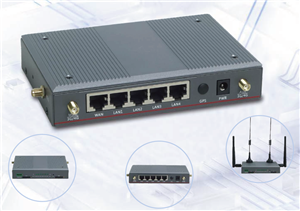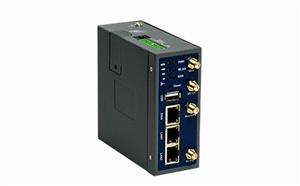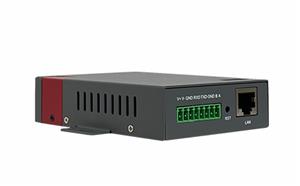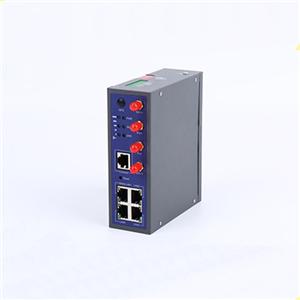Application of Internet of Things (IOT) technology during the new crown epidemic
Application of Internet of Things (IOT) technology during the new crown epidemic
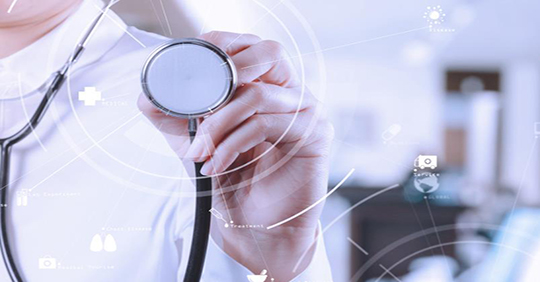
Do you want to know how smart speakers answer your questions, or how your smart car guides other vehicles in its peripherals? The answer to these questions is the Internet of Things (IoT).
The Internet of Things is a system of devices connected to the Internet that can collect and transmit data through a wireless network without human involvement. Essentially, IoT is a universal platform for devices to collect data and communicate through a common language.
After the data is collected, it will be analyzed and distributed to other devices to share valuable information to enhance the user experience. In this article, we will discuss how to integrate IoT into our daily lives, the impact of COVID-19 on IoT and the benefits IoT provides in different areas of work.
The Internet of Things has been simplified to all aspects of our lives. Generally, this technology has five different applications: consumer, commercial, industrial, infrastructure, and military IoT.
Consumer IoT
This form of Internet of Things is used to create convenience for consumers. These devices can be found in the home in the form of household appliances, lamps and voice assistants. Coffee brands Breville-Nespresso and BrewGenie have created a personalized application that allows you to brew coffee with your coffee machine while you are sitting in another room. Using these applications, you can now transfer information to the coffee machine via IoT to perform operations without having to manually make your own coffee.
Business Internet of Things
Commercial equipment is commonly used in the healthcare and transportation industries. For example, the medical industry uses devices called smart pacemakers to monitor irregular heart rates and monitor devices for patients, while transportation uses IoT for vehicle-to-vehicle (V2V) communication. Patients who use implantable smart pacemakers and their mobile phones will be able to transmit secure data to health doctors through the Internet of Things without having to leave home or meet in person.
Industrial Internet of Things (IIoT)
In the industrial field, devices such as digital control systems, smart agriculture, and big data are used to raise industry standards. Smart farms can track the moisture content in the soil to see if the ground needs watering; this reduces water consumption by 30%.
Infrastructure IoT
This form of the Internet of Things is used to connect smart cities through user-friendly applications and management systems. When a company decides to use an online server to organize all its data in a systematic format, this is an example of the infrastructure IoT. The system benefits companies a lot during the quarantine period, because workers can access files virtually without having to screen files in the office filing cabinet.
Military Internet of Things (IoMT)
These systems are used to create surveillance robots and wearable biometric technology that can be used in security and combat practices in the military field. For example, protocol chips have been implanted in soldiers, enabling them to establish building clearance with the base, thereby creating a secure security system through IoT communications.
The role of the Internet of Things in the COVID-19 response
The Internet of Things during COVID-19 has played an important role in helping the healthcare system to properly monitor patients infected by the virus through intertwined networks and devices. During these periods, the industry inevitably chose to rely on this communication system to protect people from the spread of the pandemic.
Telemedicine consultation
The contagious nature of the coronavirus has led doctors to resort to visiting patients via video chat, making it possible to detect whether someone has become a victim of transmission without having to meet in person. Communicating through technology and keeping people at home is an excellent choice for hospitals that rescue large numbers of acute versions of the virus. Stanford Children's Health Hospital can actually receive 620 patients per day, compared with only 20 patients per day before the outbreak.
Digital diagnosis
After performing digital diagnostics, certain versions of IoT devices have been used to track health data. The smart thermometer Kinsa can even draw a map to show the peak of fever in various parts of the United States as the virus spreads. Compared with old-fashioned thermometers without IoT integration, the smart version can collect valuable data to share with health service providers and track trends throughout the region, thereby better protecting communities.
Remote monitoring
The remote Internet of Things was developed for devices that track patients at home. It can monitor chronic diseases of elderly patients, which increase the risk of dying from the coronavirus. More than $65 million has been invested in the budget for remote monitoring; it is $5 million higher than the initial quarterly revenue forecast.
Robot assistance
The use of IoT robots is a growing trend. Robots can be used to disinfect equipment, clean hospitals, and deliver medicines, all of which allow medical staff more time to treat patients. The Danish company UVD Robots has started using IoT to create robots that can clean wards and disinfect hospital theaters. During the COVID-19 period, China was one of the first countries to use UVD robots to keep sanitary buildings clean.
Overall, the Internet of Things in healthcare in the past few years has been a major factor in providing care for patients before the pandemic spread. For the growing elderly, the Internet of Things can monitor and assist patients in their daily lives. For example, Fitbit or similar fitness bands can track consumers' calorie intake, exercise habits, blood pressure, and provide calendar updates about upcoming health appointments. Living alone among people suffering from diseases such as heart disease or diabetes, you can also rely on these wireless devices to track your body and hope to stay healthy.
To sum up
Physicians have been able to use IoT not only to monitor the health of patients, but also to track the location of marked devices, such as wheelchairs, defibrillators, oxygen tanks and nebulizers. In addition to tracking medical equipment, the Internet of Things can also manage inventory control in pharmacies and check the temperature and humidity levels of refrigerators, and solve mechanical problems before medical staff approves them. The medical Internet of Things has provided help to the health industry and will continue to develop as various health problems emerge around the world.
Homtecs Industrial grade wireless cellular router can meet all IOT appication, cantact us know more details.

